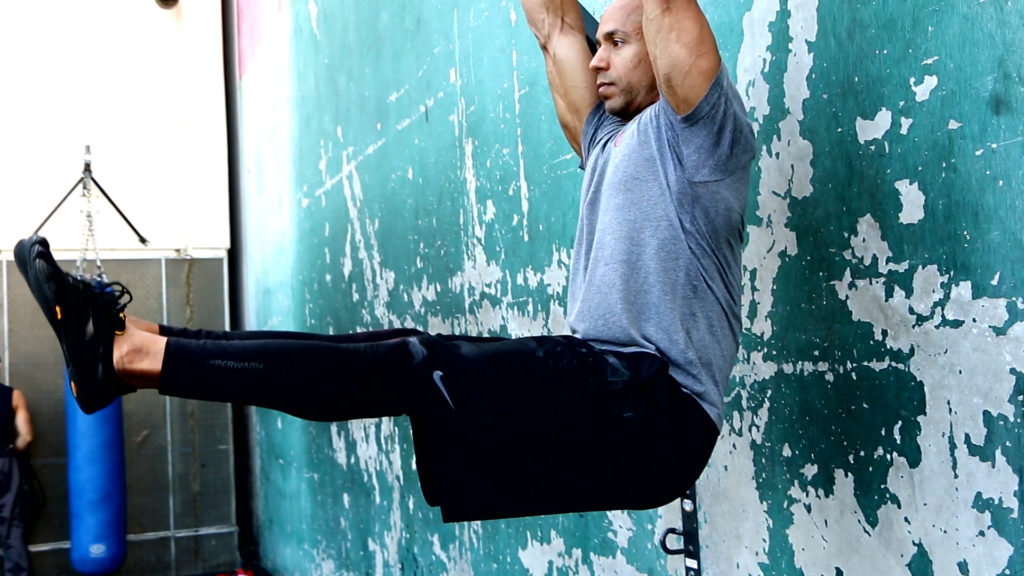Unless you’ve been living under a rock for the past 20 years, you’ve no doubt learned that it’s necessary to train your core. The ramifications if you don’t are a threat, not only to your performance, but to your health.
There’s a big difference between knowing that we need to train it, and knowing how to train it.
Unfortunately most people think of their core as the six-pack abs they see in the mirror…or wish to see.
While this is true, it makes up only a fraction of what the core actually is. In fact, too much focus on working those six-pack muscles takes away from its primary function protect your spinal cord. Besides, the reality is that seeing your six-pack is 70-80% to do with your nutrition. And how many crunches you can do has little significance here.
Back to Being An Athlete
I see athletes go down all too often because they only understand and apply fragments of knowledge on any particular fitness topic, the core included. That leaves a whole bunch of misunderstanding that I want to clear up.
If you train your core the right way, it will improve your performance and help prevent injury.
Train it the wrong way, and you take away from your potential.
A weak core causes a domino effect of stressors and compensations in the body. This diminishes your muscles and bones from functioning optimally. Those structures should be dispersing and distributing internal and external forces needed for performance.
The results are most evident when we get injured. And lower back pain is the most common indicator that something is off with our core. It’s likely due to how we train it or don’t train it.
This matters. So I want to provide you with the ammunition of knowledge. It’s the only way you can be smarter and faster than the imbalances that creep into your body.
To train your core right, you should first understand some basics:
- What exactly it is
- Where it’s located in your body
- Why you need it strengthen it
- How to work it
- And when to work it
Let me break it down the first 3 points for you:
What exactly is your core and where is it located in your body?
There are groups of muscles and connective tissue that span your entire torso that make up your core. Note that your upper thigh and neck are also involved.
Here are a few core structures (muscle and connective tissue) that are closer to surface:
- Fascia (connective tissue)
- Abdominals (rectus abdominis)
- Obliques (internal and external)
- Latissimus dorsi
- Paraspinals
- Gluteal muscles
And here are some that go deeper:
- Fascia
- Pelvic floor
- Tranverse abdominis
- Diaphragm
- Multifidus
There are plenty more that I can name, but I’ll spare you the anatomy lesson. My goal is for you to get that there’s complexity to it.
Why you need to strengthen it
The core muscles and tissues juggle many actions and responsibilities. I’ll do my best to summarize here.
At the highest level, the main priority of your body is to preserve your existence. Along with the skeletal system, your core helps protect your spinal cord and brain. These two make up your life-supporting central nervous system.
This is important because self-preservation is the primary purpose of the anatomy and physiology of your body. And your core plays a significant role in fulfilling that purpose to survive.
This is the basic explanation of your core. But it’s important to have this understanding before moving on to all the other jobs it does.
In the next series of messages, I’ll give you bite size pieces of information to help you improve your core IQ.
Together, let’s maximize your effort in training your core for performance and prevention.
Stay tuned.
Your coach,
Adam

